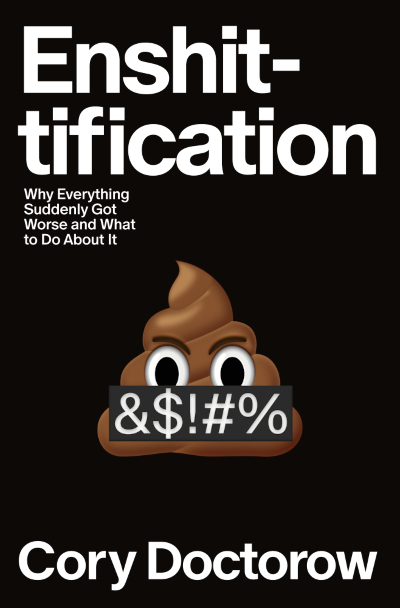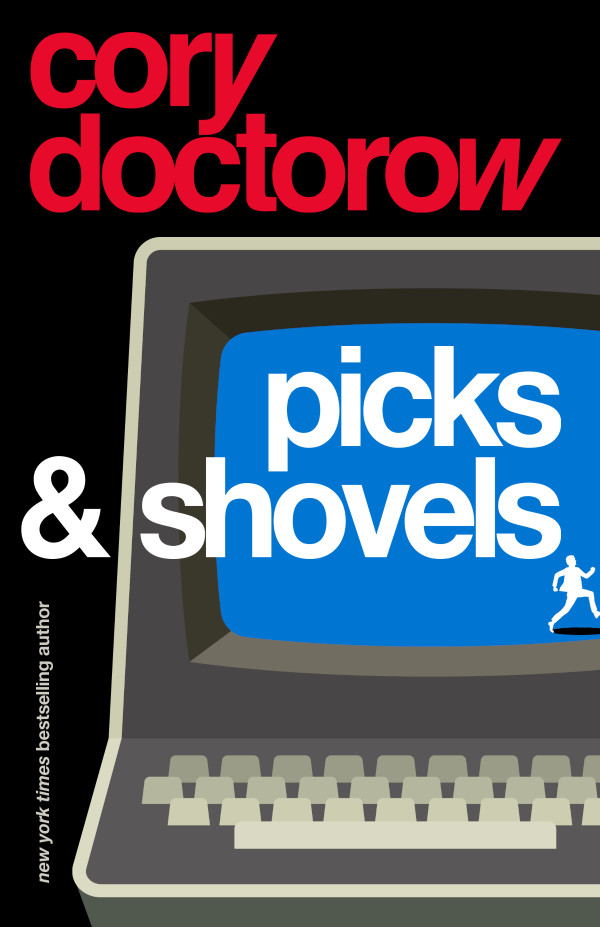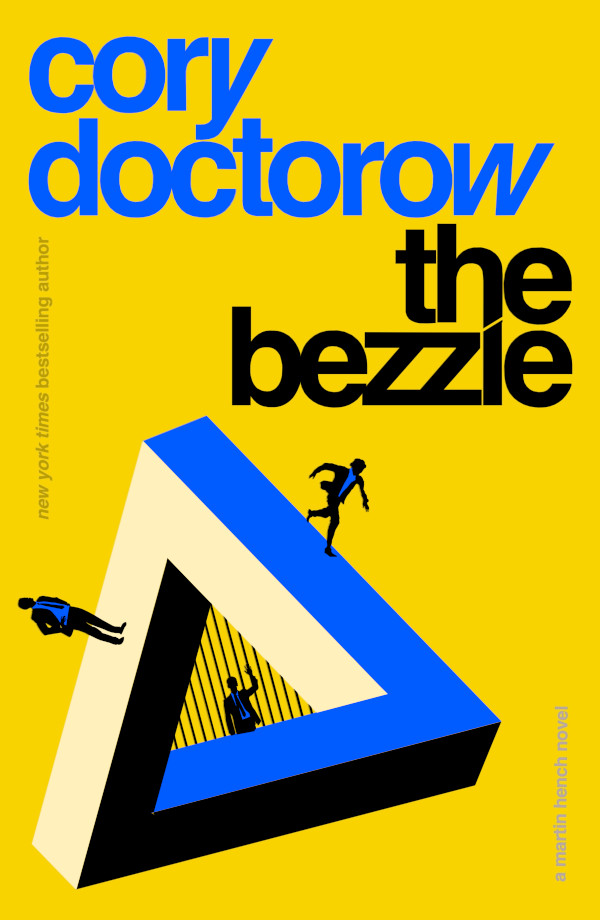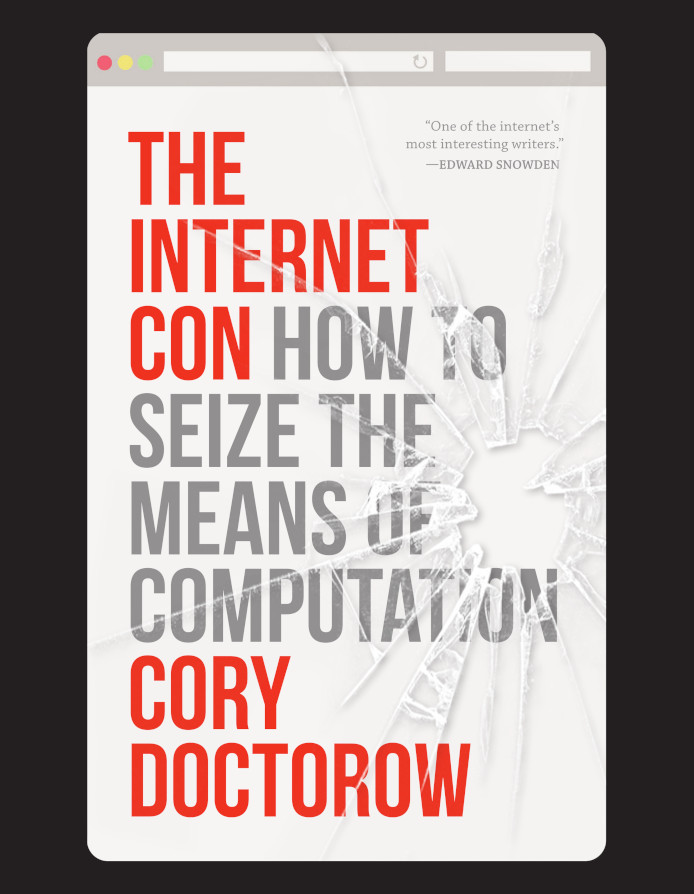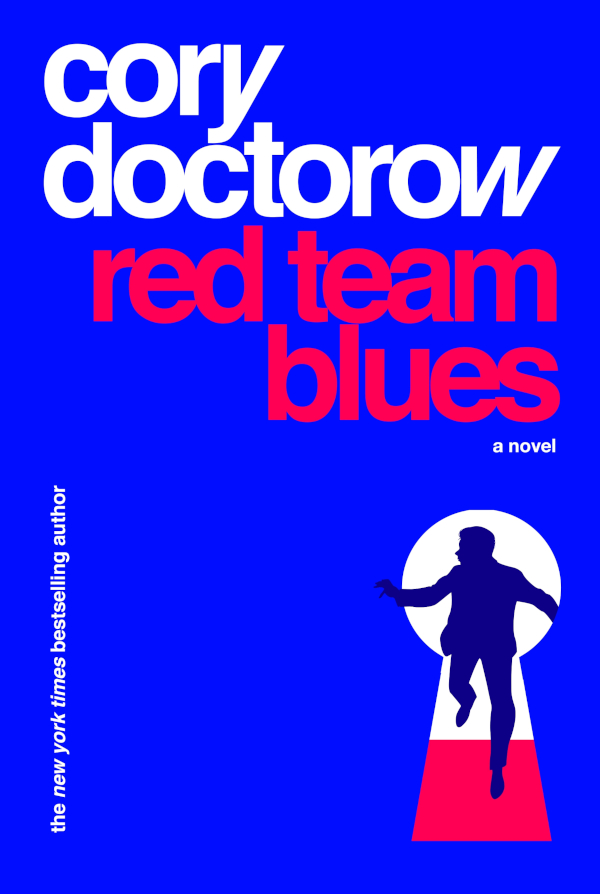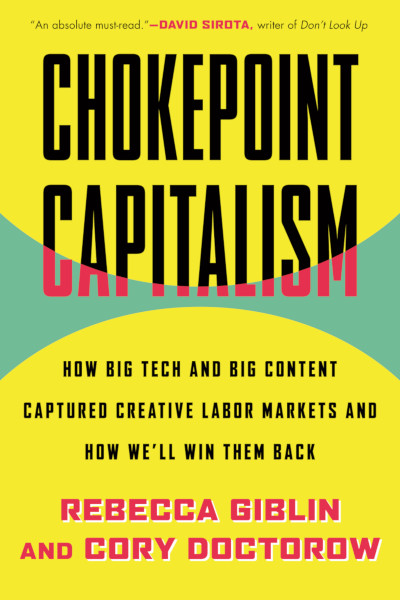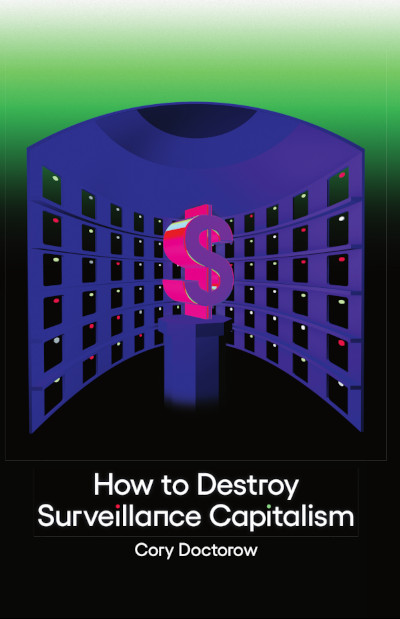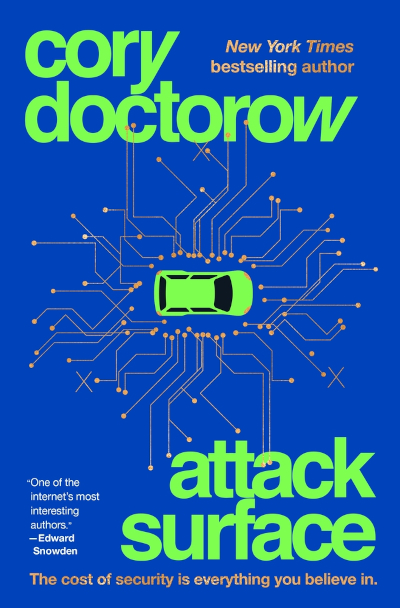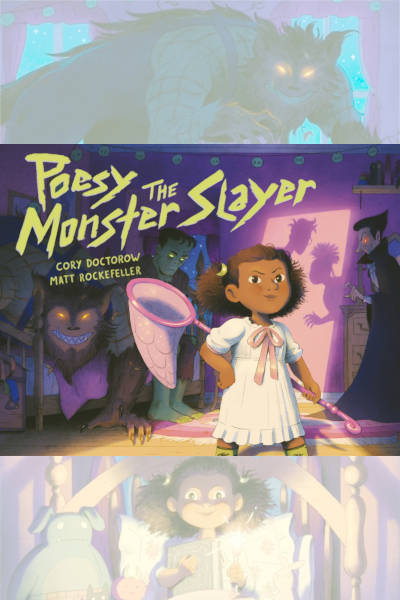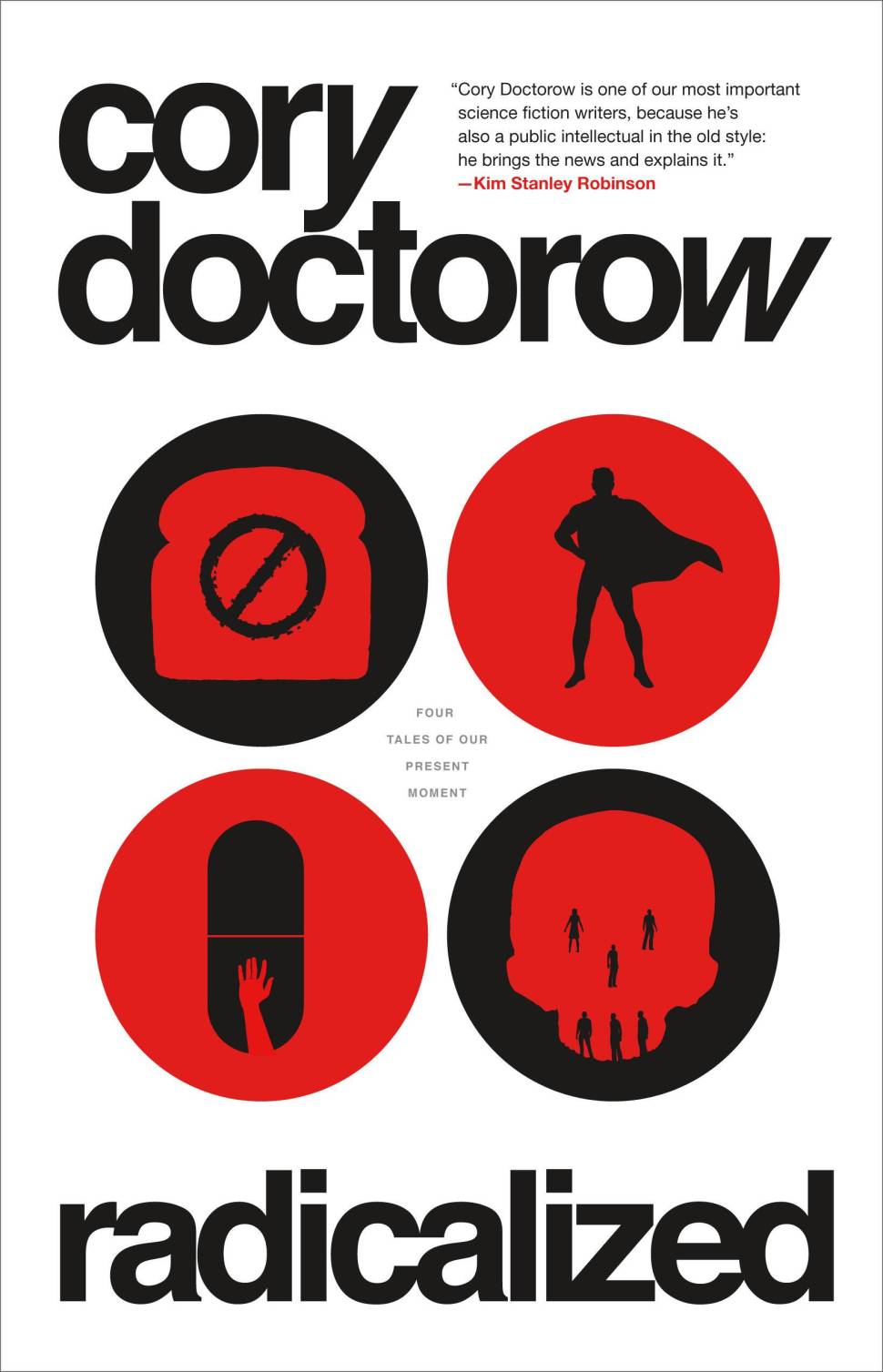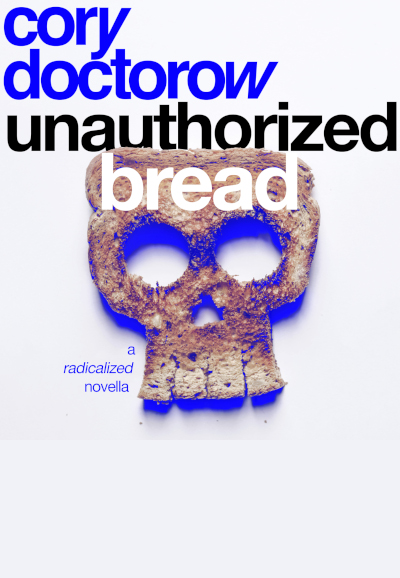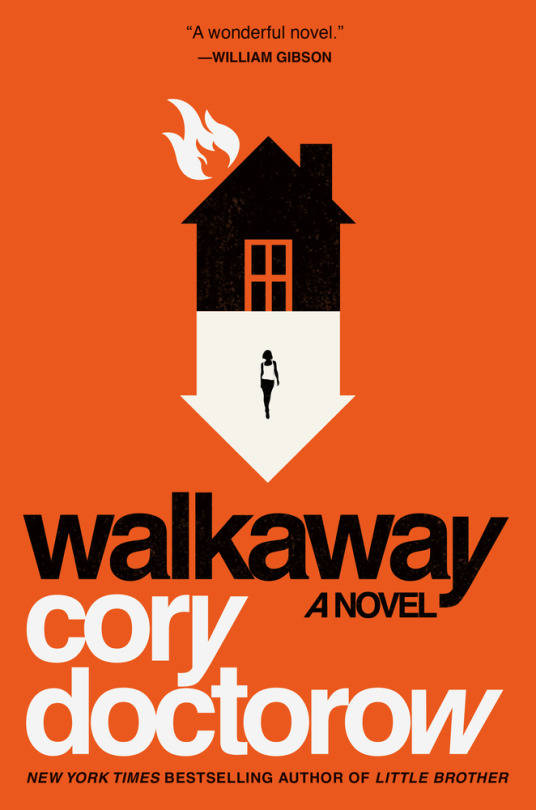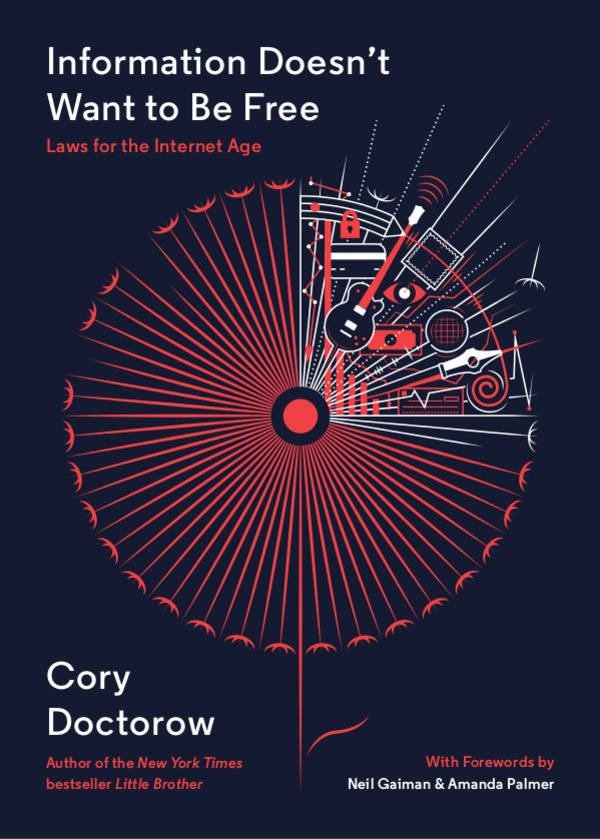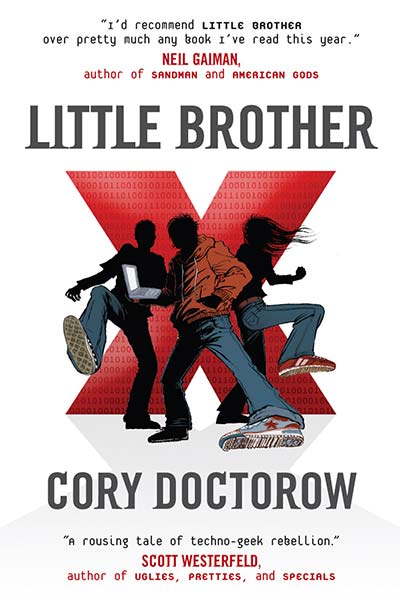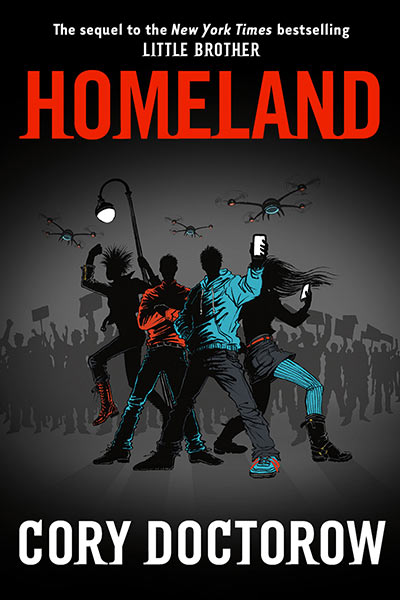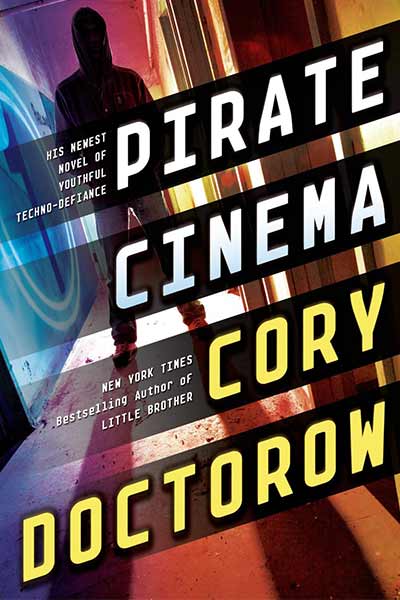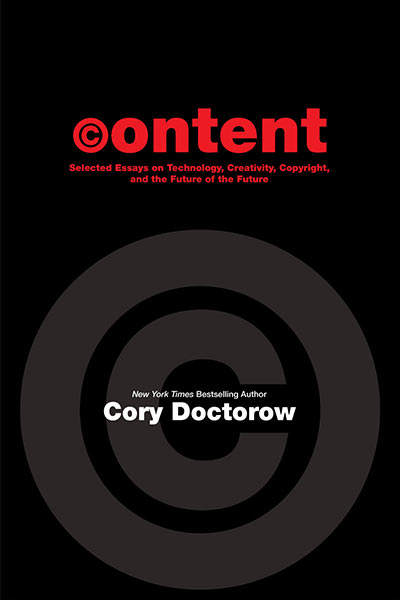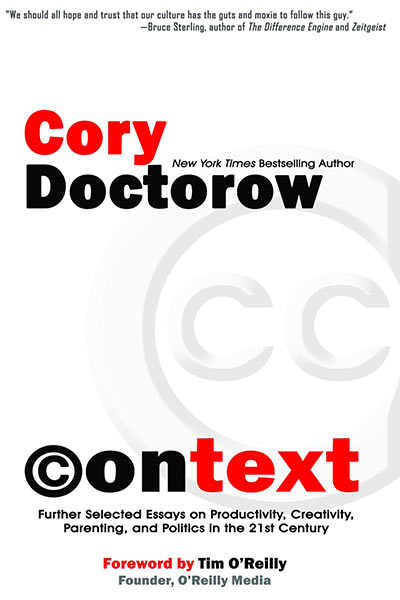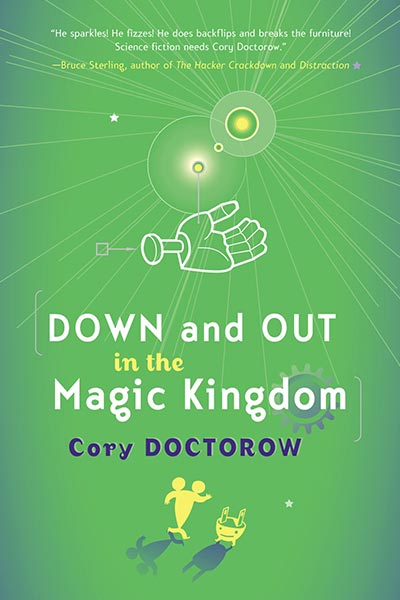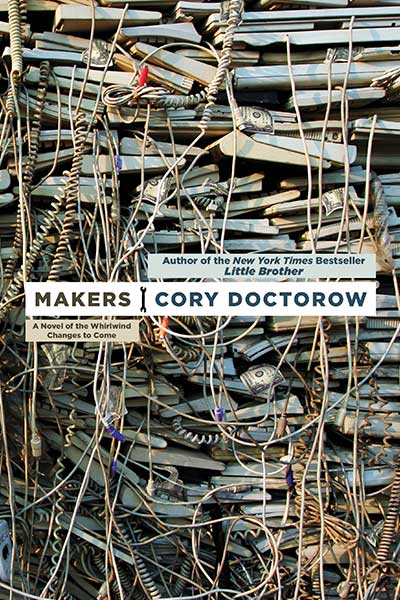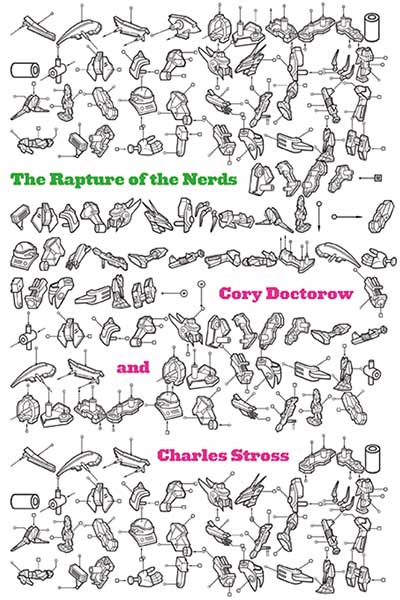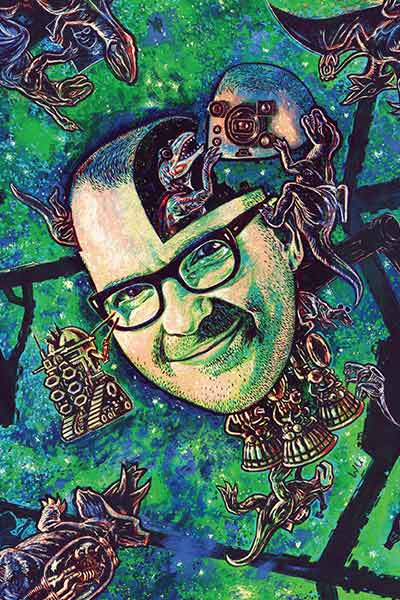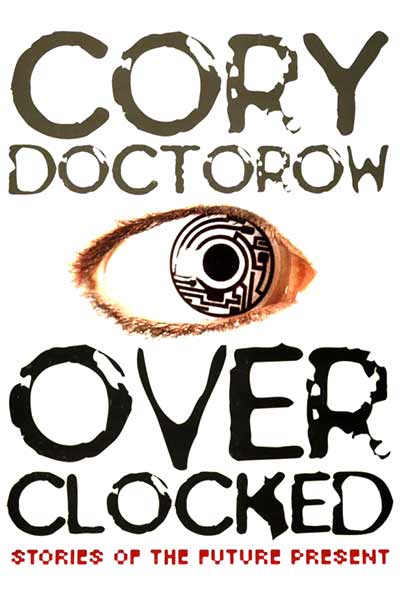My latest Publishers Weekly column documenting my DIY short story collection With a Little Help has just gone up. It documents the first six weeks after publication — what went right and what went wrong. The good news is that I’m heavily in the black, thanks, in large part, to the limited edition hardcovers. The bad news is that the paperback sales have been really lacklustre — due to a too-high pricetag, lack of Amazon availability, and a paucity of reviews. Thankfully, these problems can be fixed — and as always, I’m letting future experimenters know how and where I went wrong so that they can avoid the pitfalls that caught me.

First, the good news: I’ve made a ton of money on the $275 limited edition. I’ve already sold more than 50, and I get a new order every day or two, without news or advertising. The recipients have been universally delighted with their purchases and the packaging. The combination of a cardboard book mailer, a section of burlap coffee sack, and acid-free tissue paper is a huge hit, with some customers even producing lavish “unboxing” YouTube videos and Flickr sets.
The typo-hunting project has also been a smash success. My readers have sent in 123 typos to date, about the same as I turned in for the second printing of my first story collection, which was proofed by my editor. With a Little Help was proofed by my mother, who routinely scores on par with professional proofers who do my novels. The number of reported typos has slowed to a tiny trickle, which tempts me to believe I may, in fact, perfect the text of this book, possibly a first in the history of publishing.
Now for the mistakes: first, the minor ones. I blithely assumed that I would spot all the errors without outside help, forgetting a key lesson I’d learned as a software developer. I was wrong. Turns out that I failed to notice that the e-mail addresses for reporting typos and requesting copies for libraries and schools were both malfunctioning. The former took less than a day to fix, but the latter took a month. I also failed to notice that my e-commerce system (the free WordPress eShop plug-in) was adding $15 shipping charges to orders of the hardcover. Thankfully, I noticed this about a day in, but I still had to send refunds to about 10 people who hadn’t noticed they’d been billed for $290 instead of $275.
I’m also unconvinced that having multiple covers was worth the effort. I love all four of the covers that I sourced for the book, but overwhelmingly my readers have chosen the Pablo Defendini cover, which incidentally is the only one without a real painting. What’s more, having four covers has geometrically multiplied the complexity of updating the text (to fix typos). Having done about 100 re-uploads of the source file to Lulu’s system—which is decidedly not optimized for editing your books several times a day—I’ve probably lost a good five hours to maintaining the separate editions. If I was starting over right now, I’d probably go with one cover, though I’d solicit several sketches and try them out on my Twitter followers to pick the best. But now that I have four covers I can’t see any reason to eliminate any of them.
With A Little Help: The Early Returns

